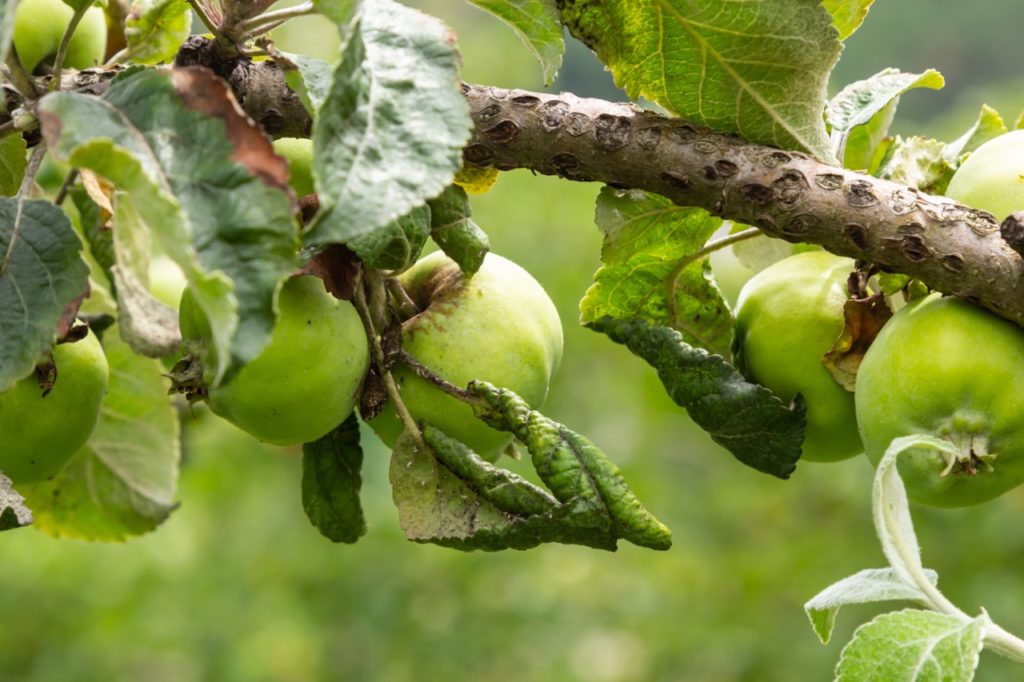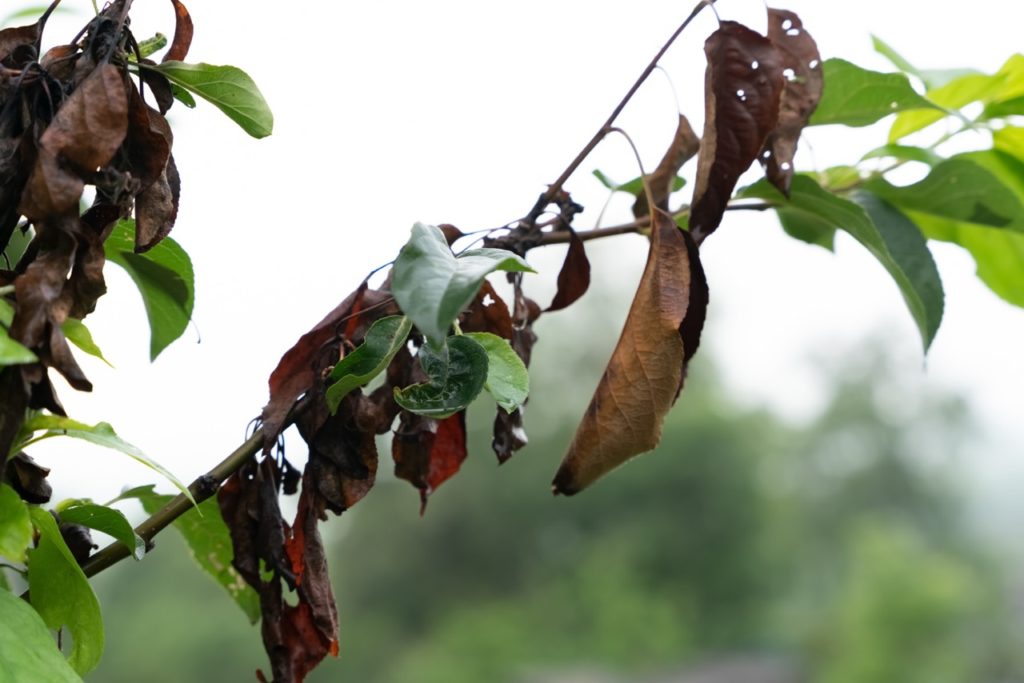Top Reasons For Curled Leaves On Apple Trees, According To A Qualified Arboriculturist

FRUIT > APPLES > CURLED-LEAVES

Elizabeth is a Permaculture Garden Designer, Sustainability Consultant and Professional Writer, working as an advocate for positive change. She graduated from the University of St. Andrews with an MA in English and Philosophy and obtained a Diploma in Applied Permaculture Design from the Permaculture Association.
Reviewed By DAN ORI

Dan has over 27 years’ under his belt caring for plants and gardens. Working as a Horticultural Instructor and Consultant, he draws on a diverse range of experience that includes working as a Head Gardener, Tree Surgeon, Garden Centre Trouble Shooter, and writer of academic papers. Dan has a Level 3 Diploma in Horticulture and is currently a candidate for the RHS’s most prestigious award – The Master of Horticulture.
IN THIS GUIDE
You will typically find apple trees relatively easy to grow, and once established, caring for them won’t take up a lot of your time.
However, like any plant, apple trees can experience problems due to environmental issues, insufficiency of care or some other natural cause.
Leaf curl is a sign that something has gone wrong, but getting to the bottom of what precisely has caused the issue is not always easy.
Apple trees can experience leaf curl due to a range of factors, but some of the most common causes are:
- Water shortages
- Temperature extremes
- Nutrient deficiencies
- Pests
- Diseases
Examining each of these areas should help you to identify why your apple tree is experiencing stress.
1) Underwatering
The leaves on an apple tree may often curl due to the plant trying to conserve moisture due to a lack of watering.

It could also be caused by some issue that prevents the plant from taking up water from the soil as it should, or because of a cold, drying wind that causes the tree to lose even more water from its leaves.
In most cases, providing more water will allow the tree to recover.
2) Extremities In Temperature
Extremely high temperatures in summer can also lead to leaf curl.
Although extremely high temperatures are not that common here in the UK, heat waves are increasing in prevalence in the summer, and during these heat waves, apple tree leaves may curl.
These trees typically prefer not to be exposed to temperatures above around 30°C.

In high temperatures, apple trees will not be able to cool themselves as effectively through transpiration.
Adding a thick organic mulch around trees and providing shade for young trees in summer can help them make it through a heat wave more safely.
3) Nutrient Deficiencies
Nutrient deficiencies are relatively rare when an apple tree is grown in reasonably fertile soil, so this is a problem that you are more likely to encounter when growing apple trees in pots.
Nutrient deficiencies might occasionally be caused by soil pH problems.
When an apple tree is grown in too acidic or alkaline conditions, this can affect the availability of essential plant nutrients.

The best way to make sure that an apple tree in the ground gets the nutrients it needs is to use companion plants and organic mulches to provide optimal soil conditions.
When growing in pots, additional organic fertiliser may sometimes be required and the tree will have to be repotted with a new growing medium every couple of years.
4) Pests
A more common cause of leaf curl on apple trees is infestation with pests – particularly sap-suckers like aphids.
As aphids suck sap from an apple tree’s leaves, they deplete water and plant sugars, which can cause them to curl, discolour and even drop off in extreme cases.

It is important to understand that it is a good thing to have some aphids in your garden, as aphids are an element in the ecosystem and provide food for a range of species.
The key is to keep them under control, which we can ensure by increasing biodiversity as much as possible through planting and other choices in our gardens.
Attracting predators that eat aphids to the space requires some aphids to be around, but those creatures, once they are present, will help keep aphid and other pest numbers down and protect an apple tree and other plants.
5) Diseases

Unfortunately, leaf curl on apple trees can also be a symptom of a number of fungal and bacterial diseases that can affect these plants.
“Although I like to leave leaves for habitat around the garden, I recommend removing and composting fallen leaves from around your fruit trees and roses in the autumn/winter,” advises Dan Ori, qualified Arboriculturist.
“If you haven’t collected up any old fruit on the ground you should remove them also; we remove these fallen fruits and leaves to reduce populations and opportunities for harmful insects, fungal issues, and diseases.”
See this guide for more information on many common apple tree diseases and how to treat them.
Ensuring that your apple tree is as healthy as possible by providing the right environmental conditions and care, companion planting with beneficial plants and mulching to promote healthy soil should help you make sure your apple tree can survive, even when diseases and other issues do arise.
